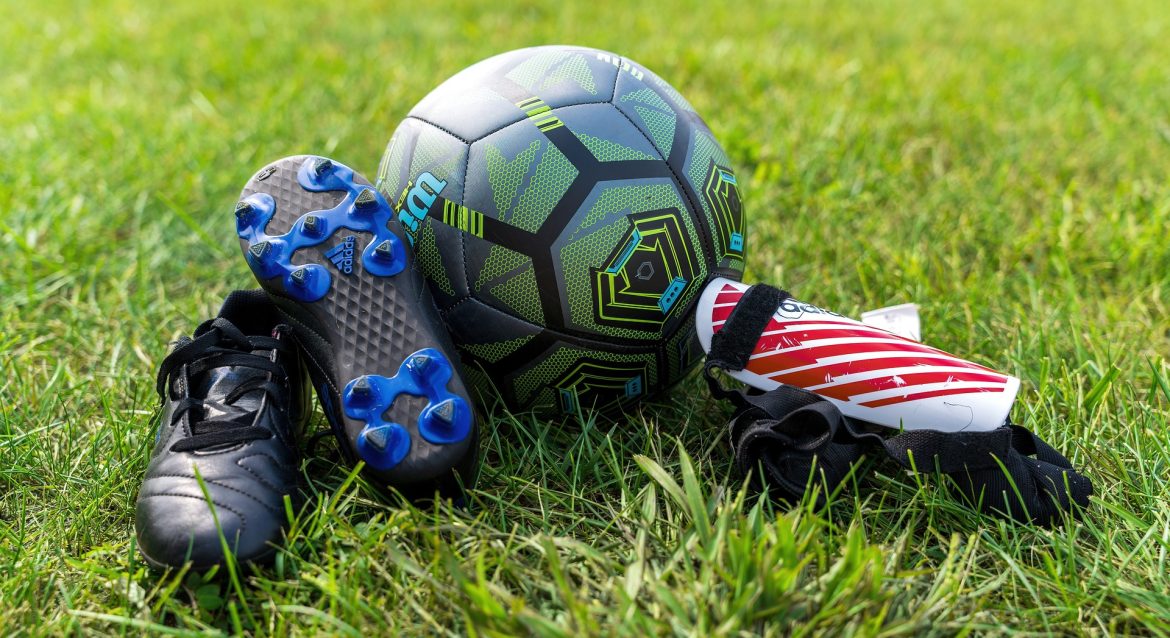Goalkeepers are the last line of defence in a football team, and they need to have the right footwear to perform their duties. But what are the best football boots for goalkeepers? And how do they differ from the boots worn by outfield players?
In this article, we will compare and contrast four main types of goalkeeper boots: leather vs synthetic, low-cut vs high-cut, laceless vs laced. We will look at their advantages and disadvantages, as well as some examples of popular models and brands.
Leather vs Synthetic
Leather boots are made from natural animal skin, usually cowhide or kangaroo leather. They are known for their softness, comfort and durability. They also mould to the shape of the foot over time, creating a custom fit. Leather boots are ideal for goalkeepers who value touch and feel, as well as protection from impact.
Synthetic boots are made from man-made materials, such as polyester, nylon or rubber. They are lighter, cheaper and more resistant to water and dirt than leather boots. They also offer more variety in terms of colours and designs. Synthetic boots are ideal for goalkeepers who value speed and agility, as well as easy maintenance.
Some examples of leather boots are the Nike Tiempo Legend and the adidas Copa Pure, worn by top goalkeepers like Thibaut Courtois, Alisson Becker, David De Gea and Manuel Neuer. Some examples of synthetic boots are the Puma Future and the Nike Mercurial Vapor, worn by Ederson, Jan Oblak, Keylor Navas and Hugo Lloris.
Low-cut vs High-cut
Low-cut boots are those that end below the ankle, exposing the Achilles tendon. They offer more freedom of movement and flexibility for the foot and ankle. They also allow for quicker reactions and changes of direction. Low-cut boots are ideal for goalkeepers who rely on their reflexes and agility.
High-cut boots are those that cover the ankle, providing extra support and stability. They also protect the ankle from injuries caused by twisting or rolling. High-cut boots are ideal for goalkeepers who need more confidence and security in their movements.
Some examples of low-cut boots are the adidas X Speed and the Puma Ultra Ultimate, worn by Kasper Schmeichel, Gianluigi Donnarumma, Samir Handanovic and Bernd Leno. Some examples of high-cut boots are the adidas Predator Accuracy and the Nike Phantom GT. Worn by Marc-Andre Ter Stegen, Edouard Mendy, Wojciech Szczesny and Jordan Pickford.
Laceless vs Laced
Laceless boots are those that have no laces or straps to fasten them. They rely on a snug fit and a stretchy upper to keep them in place. They offer a cleaner striking surface and a more consistent feel for the ball. Laceless boots are ideal for goalkeepers who want to improve their distribution and accuracy.
Laced boots are those that have laces or straps to adjust the tightness and fit of the boot. They offer more customisation and control over the fit and feel of the boot. They also allow for more ventilation and breathability. Laced boots are ideal for goalkeepers who want to personalise their comfort and performance.
Some examples of laceless boots are the adidas Predator and the adidas Copa, worn by Marc-Andre Ter Stegen, Gianluigi Donnarumma, Manuel Neuer and David De Gea. Some examples of laced boots are the Nike Tiempo Legend and the Puma Future Pro, worn by Thibaut Courtois, Alisson Becker, Ederson and Nick Pope.
Conclusion
There is no definitive answer to what are the best football boots for goalkeepers. It depends on personal preference, playing style and budget. However, by knowing the pros and cons of different types of goalkeeper boots, you can make an informed decision that suits your needs.
Whether you prefer leather or synthetic, low-cut or high-cut, laceless or laced, there is a pair of goalkeeper boots out there for you. And if you need some inspiration, you can always look at what the best goalkeepers in the world are wearing
